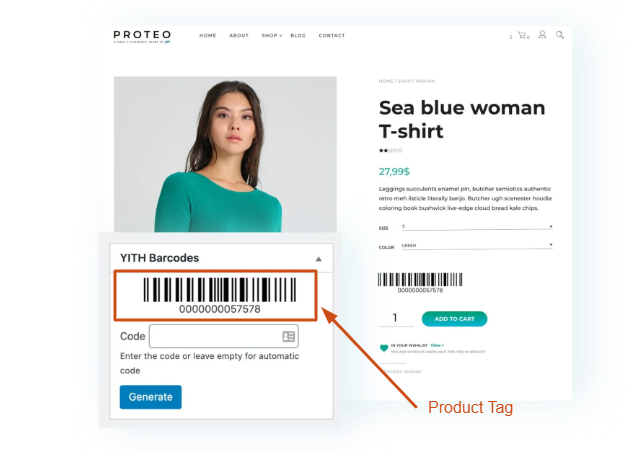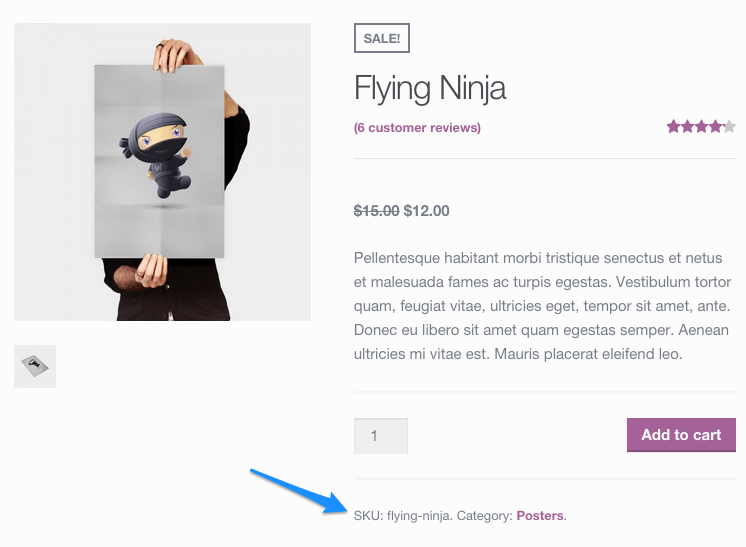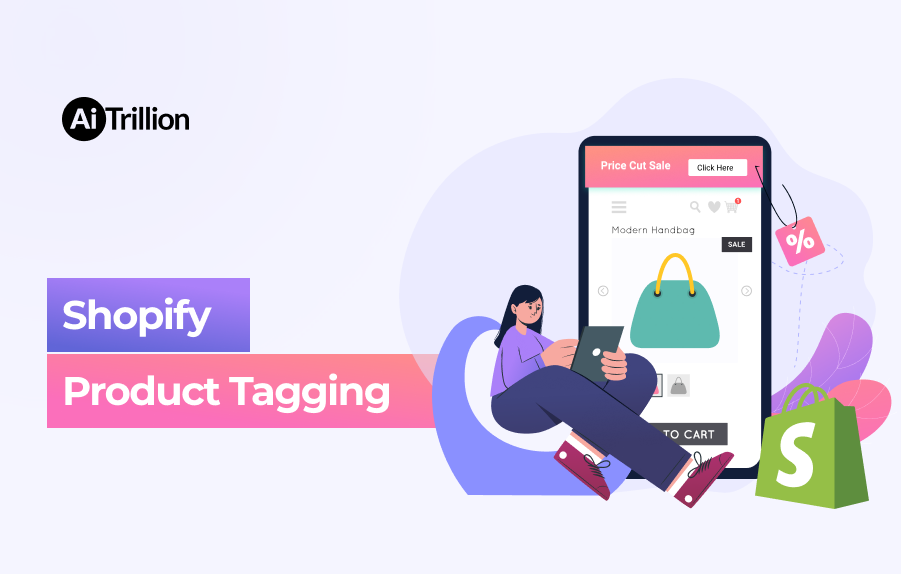Product tagging is an important feature that allows e-commerce businesses to organize and categorize their products in a way that makes them easy to find and navigate. Getting shoppers to your website is one thing, however giving them a great experience, ease of product search they’re looking, finding new items and a smooth checkout process is another.
Rising and falling are obvious in business but if you have thoughtfully added product tags and a strategic process for product tagging for eCommerce, you’ll be set up for success.
In an eCommerce store, make sure that product tagging must be consistent, updated, and relevant to product search. In this article, we’ll discuss how product tags work and how you can use them in your eCommerce businesses.
Before discussing more product tags, first, understand what our product tags.
Table of Contents
- What are product tags?
- Why is product tagging important?
- 5 things to include on a product tag
- What are the benefits of product tags?
- Conclusion
What are product tags?
Product tags are keywords put on products to track and organize them throughout a warehouse, online store, or shipment. It may include the name of the product, product information, and sometimes the SKU number.
Product tagging is very essential for running an eCommerce business smoothly. If you ignore these small-small things while designing your product catalog you can face a big failure.
Why is product tagging important?
In eCommerce, product tagging is a must for making product tracking smooth and for a flawless customer experience. Descriptive tags or product tags make it for your products and website to rank in search engines and for shoppers to find what they’re looking for through on-site search, menu navigation, and filters.
Product tagging also allows Shopify store owners to send more precise personalized product recommendations to customers to boost the customer experience. If done right, product tagging ensures accurate reports of sales, costs, and product demand and supply for optimized inventory management.
Here are a few reasons why product tagging is important on Shopify:
- Improved navigation and search: Tagging products allows customers to easily find and navigate the products they are looking for. This helps to improve the overall user experience on the site, which can lead to increased conversions and sales.
- Better inventory management: By tagging products, businesses can easily group similar items together and track inventory levels. This can help to prevent stockouts and improve the overall efficiency of the business.
- Enhanced marketing efforts: Tagging products can help businesses to identify popular products, seasonal trends, and customer preferences. This information can be used to create targeted marketing campaigns, which can increase conversions and drive sales.
- Increased SEO: Product tags can also help to improve the visibility of a business’s products in search engine results. By using relevant and high-volume keywords, businesses can make it easier for customers to find their products online.
- Increased Credibility: Having proper tagging and organization of products can showcase the professionalism and credibility of your business. It showcases that your store is well-maintained and credible.
5 things to include on a product tag
When you include product tags make sure to include the following things on a product tag.
1. Product name
The product name should be the actual name of the product. It helps you simply find the product by its name. For example, Red Dress could simply be tagged as a ‘Red Dress.’ [/vc_column_text]

2. Product information
Product information is the product description which includes the size of the product, material, dimensions, company’s values, and more. These are usually short and sweet so that customers can easily get an idea of the product.

3. Barcode
Barcodes are vital for tracking products throughout the retail supply chain. By adding a barcode to a product tag, you can check how much inventory you have on hand and where it is located in the warehouse.

4. Product Price
You can also add the price of the product to the product tag. Having a price on the product tag lets your consumers know about the product’s cost. If you’re a B2B company, you can add pricing on the tag for in-store use.

5. Stock keeping unit (SKU)
Adding a stock-keeping unit (SKU) to a product tag can help you in taking your products to the warehouse, and manufacturing. It also helps customer service teams to investigate product-related issues. If your Shopify online store has a high SKU count, you can add the SKU to your product tags.

What are the benefits of product tags?
Adding a product tag to your products keep products organized and make inventory tracking easier. It is also a great marketing tool for your eCommerce business. Here are some important benefits of using product tags that you can’t pass on
1. Deliver more accurate search results
Showing customers exactly what they are looking for is tough when you don’t know the terminology they can use. Product tagging ensures that customers can easily find what they’re looking for even with thematic queries. By serving customers with the most relevant products, you not only improve customer experience but also increase the chance of purchase.
2. Better personalized experiences
Shopify personalization strategies basically rely on customer search, previous buying history, and frequently bought products. With the additional product tagging, retailers have the potential to create even more accurate recommendations because they will have a deep understanding of the details that draw customers to particular items.
3. Improved efficiency and optimized catalog
Automating the tagging process reduces human error and saves time from manual work. AI-powered product tags let you track which product is selling fast, what kind of style and trend is gaining steam, and which product you should drop off. With this predictive nature, you can make better-informed decisions to increase your sales by giving customers relevant product recommendations.
4. Systematize products and exactly describe what the product is
Product tags help Shopify store owners to differentiate products and keep them organized. For retailers who sell a variety of products, it becomes tougher to track products over time — especially with a larger SKU count. With product tags, you can ensure all your products are stored correctly and you don’t need to manually track how much of a product you have in stock and where it’s located.
Conclusion
Setting up product tags for your Shopify eCommerce business is an effective way to increase the average product value. eCommerce platforms, such as Shopify, WooCommerce, and BigCommerce, allow you to tag products when you add them to your online store. For better product tagging, you can use a spreadsheet to manage which tags need to be used, and which ones are obsolete.
If you’re selling solely online, use product tags as a marketing tool to enhance the “unboxing” experience.
Want to discuss more? Reach out to us here, or comment on your question in the comment section.
Also read: How To Find Shopify Product Handle




Leave a Comment
You must be logged in to post a comment.